Income plays a big role in how Bangalore’s residents address their water contamination. While reduced water quality is almost ubiquitous throughout the city, many can afford to either buy clean, prepacked water or invest in household treatment systems.
Therefore, Pure Paani has endeavored to develop a model of the city’s income patterns by ward. By determining which wards have the highest proportion of low-income residents, focus can be diverted away from areas where the cost of treatment is more of a nuisance than a burden.
This approach has proven difficult given an over-all lack of ward-wise income data in Bangalore. As a substitute, Pure Paani has sourced data from the 2011 Indian Census regarding household amenities. While the census provides ward-wise information on the percentage of households with a radio, television, phone, laptop and/or automobile, it also records which houses lack all of these provisions. Therefore, this income model presents “low income” households as a proxy to those which simultaneously lack several basic household goods.
However, in the quest to determine where Pure Paani’s solution of affordable, portable water treatment is most applicable, a model of income data by ward is just as incomplete as one considering water quality alone. Therefore, both metrics have been integrated into a single model presenting the union of low quality with low income on a ward-wise basis.

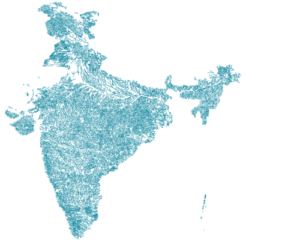
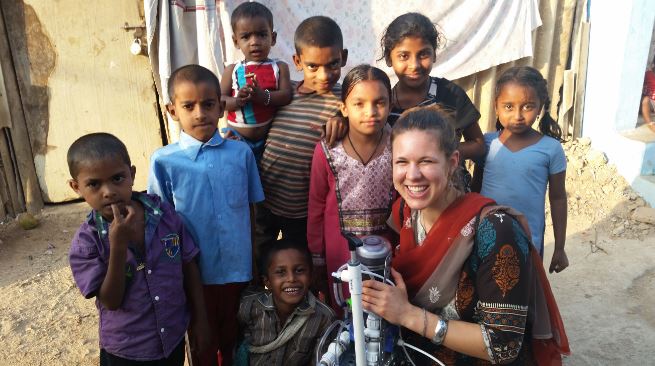
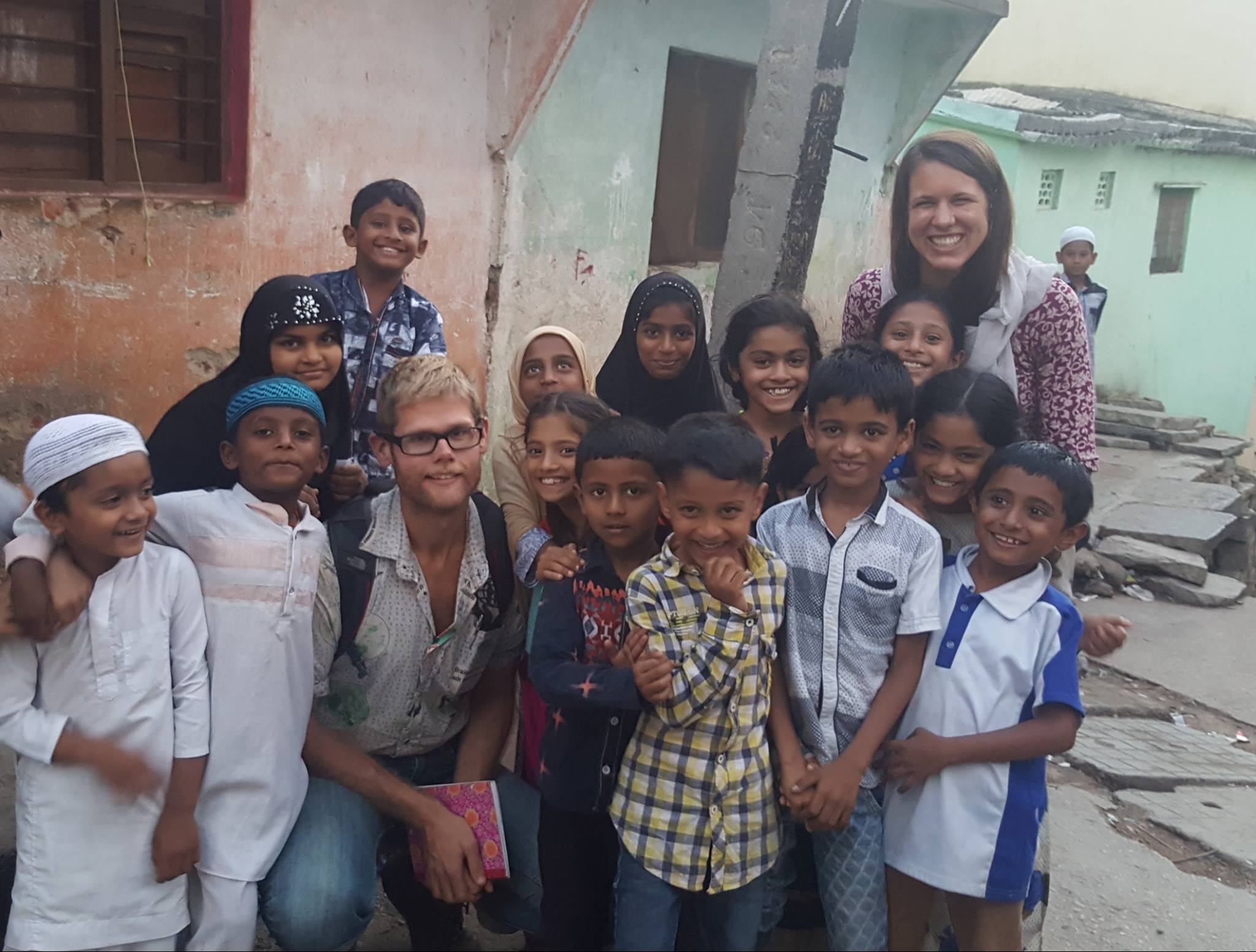
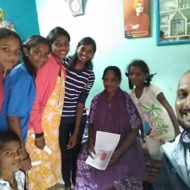
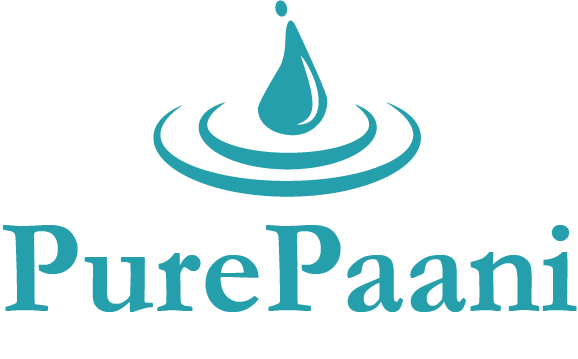
Recent Comments